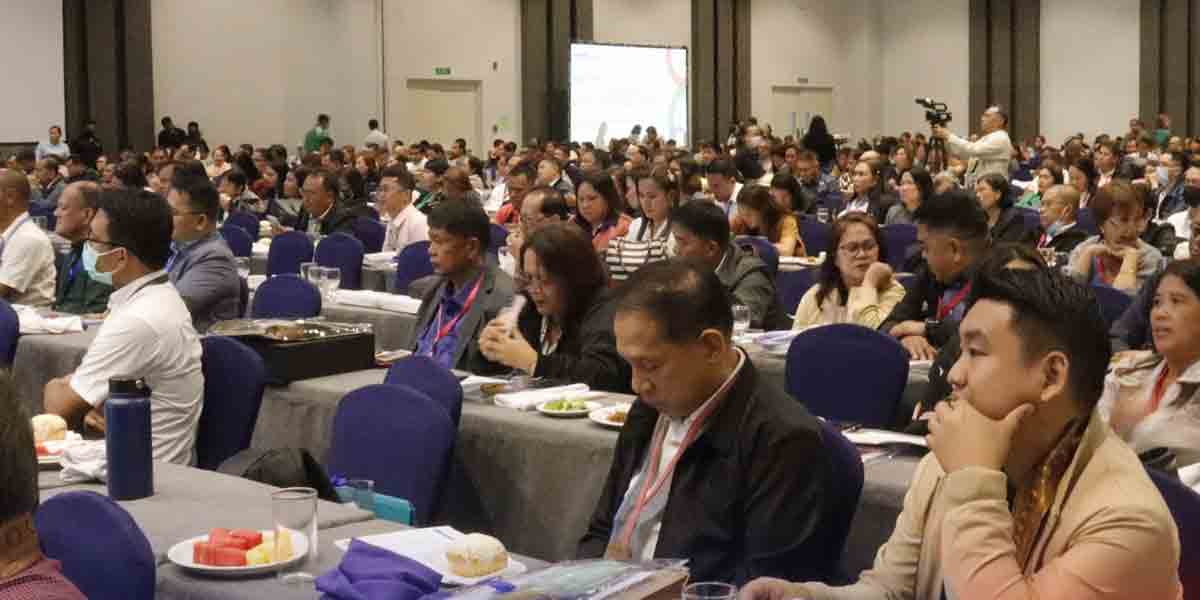By Prof. Enrique Soriano
Last month, I had the privilege of visiting Osaka and Tokyo, where I engaged with several family-owned businesses as part of my ongoing research into the Japanese succession model. For the last 20 years, I have been fascinated by how family-owned businesses in Japan have thrived using their model of succession, adoption, and stewardship, their “do well, do good, do right” ethos, and their powerful concept of “beyond self.” These businesses offer invaluable insights that can benefit family enterprises operating in Asia and the West.
In Japan, family businesses are more than just economic entities; they are vessels of heritage, culture, and long-term vision. The concept of long-term, generational succession is deeply rooted in Japanese society, and this practice has allowed many Japanese companies to thrive across centuries. A key factor in the endurance of these businesses is Japan’s historical period of isolation, which effectively preserved traditional values and practices from external influences for almost two centuries.
The Edo Period: A Time of Preservation and Continuity
Japan’s isolationist policy, known as Sakoku, was enforced during the Edo period from 1603 to 1868. Under this policy, Japan closed its borders to most foreign influences, with very limited exceptions. This period of isolation allowed Japanese society to develop and maintain its cultural and economic practices with minimal outside interference. For nearly 265 years, Japanese businesses operated within a stable and controlled environment, free from the pressures of rapid industrialization and Western influence that were sweeping across much of the world.
This isolation played a crucial role in the formation of a distinct Japanese approach to business and succession. With a strong emphasis on family continuity and the preservation of values, Japanese businesses were able to build solid foundations that could withstand the test of time. The absence of external pressures meant that these businesses could focus on long-term planning and the gradual, deliberate transfer of leadership across generations.
Legacy Brands: A Testament to Generational Success
Many of Japan’s most renowned companies are not only family-owned but have also been passed down through multiple generations. This commitment to family succession has helped these businesses navigate the changing tides of market conditions and global economic shifts.
Suzuki Motor Corporation: Founded in 1909 by Michio Suzuki, Suzuki started as a loom manufacturer during the silk boom. Over time, it evolved into a global automotive giant. Despite the industry’s volatility, Suzuki has remained under the control of the Suzuki family, with current CEO Osamu Suzuki being the fourth adopted son to lead the company. His leadership has been instrumental in propelling Suzuki to global prominence.
Toyota Motor Corporation: Perhaps the most famous example of a family business turned global powerhouse, Toyota was founded by Kiichiro Toyoda in 1937. The Toyoda family has maintained a strong influence over the company, even as it grew into one of the world’s largest automobile manufacturers. The succession of leadership within the Toyoda family has been carefully managed, ensuring that the company’s core values and long-term vision remain intact.
Kikkoman Corporation: With roots dating back to 1603, Kikkoman is a prime example of how family businesses can endure for centuries. The company, formed through the amalgamation of eight family businesses in 1917, has maintained its leadership within the global soy sauce market. Each generation of leadership has carefully upheld the company’s reputation for quality and innovation, ensuring its continued success.
Japan’s historical period of isolation, combined with its deeply ingrained cultural values, has created a unique environment where family businesses can thrive. The deliberate and thoughtful approach to succession, combined with a focus on long-term stability and the preservation of family legacy, has allowed these businesses to endure and prosper for centuries. As we continue to explore the Japanese model of family business succession, these lessons offer a valuable blueprint for family enterprises worldwide.




















